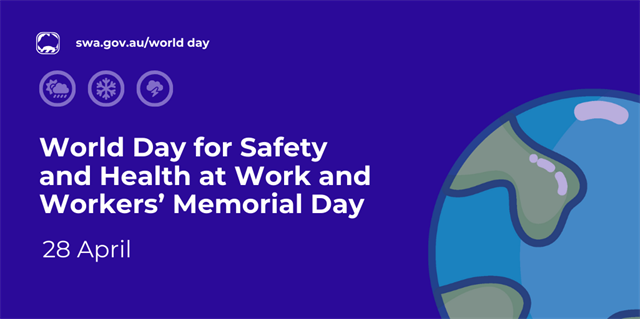
Safety regulators around the world will mark World Day for Safety and Health at Work and Workers' Memorial Day on Sunday April 28.
The United Nation’s International Labour Organisation (ILO) has been observing the safety day since 2003 in a bid to prevent occupational accidents and diseases globally.
For this year’s World Day for Safety and Health at Work, the ILO is focusing on how climate change impacts workers’ safety and health.
A new report released this week by the ILO found more than 70% of the global workforce are likely to be exposed to climate-change-related health hazards, with existing occupational safety and health protections struggling to keep up with the resulting risks.
The report, Ensuring Safety and Health At Work in a Changing Climate, says that climate change is already having a serious impact on the safety and health of workers in all regions of the world.
The ILO estimates that more than 2.4 billion workers out of a global workforce of 3.4 billion are likely to be exposed to excessive heat at some point during their work, according to the most recent figures available.
The US Department of Labor notes that when Workers Memorial Day was first observed in the country in 1970, an estimated 38 American workers suffered fatal on-the-job injuries each day and many more endured debilitating respiratory diseases and other life-altering illnesses related to workplace exposures.
Today, work-related injuries in the US claim about 15 people's lives a day.
"As we honour our fallen workers on Workers Memorial Day, we must remember that behind each workplace fatality there are loved ones enduring unimaginable grief," says assistant secretary for occupational safety and health Doug Parker.
In the United Kingdom, the Health and Safety Executive recorded 135 workers killed in work-related accidents in 2022/23, while Work Safe Australia says 195 Australian workers were fatally injured at work in 2022.
“Changing weather patterns can create work health and safety risks including heat stress, UV radiation, air pollution, major industrial accidents, extreme weather events, an increase in vector-borne diseases and increased exposure to chemicals,” Safe Work Australia says.